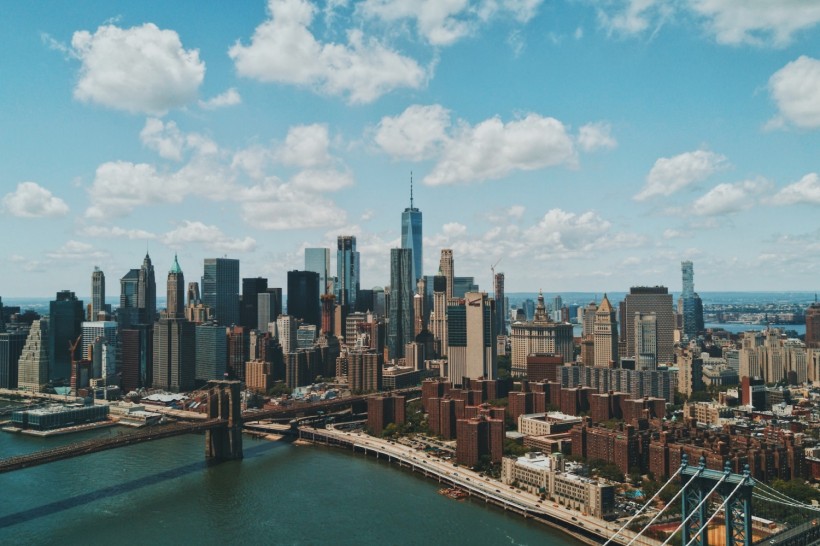
New research shows that "underground climate change" can cause cities to ink, hence a slow destruction to civil infrastructure.
An interesting research reveals the surprising impact of "underground climate change" on civil infrastructure.
The study was brought by a team of scientists led by Alessandro Rotta Loria, Northwestern University's assistant professor of civil and environmental engineering.
We might not notice this silent threat, but this phenomenon could open more doors to the extent of its effect on public health and the environment.
The Alarming Temperature Discrepancy
Rotta Loria's research has revealed a startling fact: air temperatures in human-made underground structures can soar to 77 degrees Fahrenheit (25 degrees Celsius) higher than the "undisturbed" ground temperature.
This disparity presents a unique result, distinct from the global warming crisis. However, it share similarities in its potential to wreak havoc on public health and critical infrastructure.
According to a report by NBC News on Tuesday, Sept. 26, the research says that "underground climate change" is caused by the trapped heat beneath the surface of the Earth.
This event threatens major cities such as Chicago, New York, and London. Unlike atmospheric climate change, driven by greenhouse gas emissions, this underground climate change results from the direct heat emissions of subways and buildings into the ground's sublayers.
As this heat permeates the ground, it triggers deformations, potentially causing structural damage to city buildings and infrastructure.
Related Article: Governments, Big Tech Harness AI Against Climate-Driven Wildfires
Human Presence to Be Blamed For Underground Climate Change
Rotta Loria points out that the growing underground heat issue is "the direct consequence of human presence on Earth and a direct consequence of building our structures."
As more heat becomes trapped in the ground, the repercussions will be felt in various aspects, including public health, building integrity, and public transportation.
Transportation Secretary Pete Buttigieg has recognized the significance of addressing this underground resilience issue within the broader climate agenda.
To mitigate its effect, the Biden administration is seeking help from municipalities to take action by launching federal-supported programs. These are important to inform people about infrastructure projects and their impacts.
Rising Temperatures Below the Surface
In Rotta Loria's laboratory, data from the temperature sensors are transformed into a revealing heat map. The map vividly illustrates the rapid spread and escalation of underground heat associated with buildings and parking garages over recent decades. Astonishingly, the rise in underground temperatures outpaces global surface temperature increases.
When it comes to mitigation measures, alleviating the impact of underground heat is feasible, although costly. One approach involves the installation of thermal insulation below ground and its incorporation into new structures to prevent waste heat from escaping into the Earth.
Alternatively, scientists propose capturing this excess heat and using it as geothermal energy for heating and cooling buildings. This strategy addresses the problem and promises an estimated return on investment in approximately six years.
As cities grapple with this silent hazard, solutions prioritizing sustainability and resilience are essential to ensure a safer and more sustainable future.
Elsewhere, a Nigerian professor is promoting the use of digital technology that will address the vulnerability of farmers in coping with climate change, per Tech Times.










